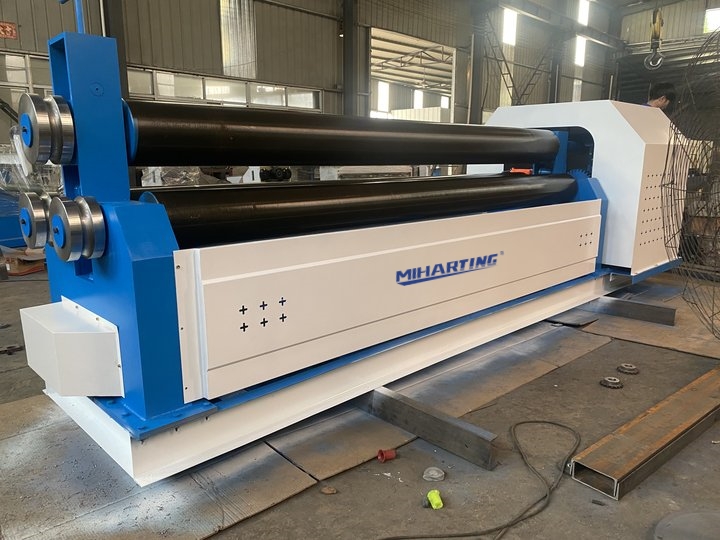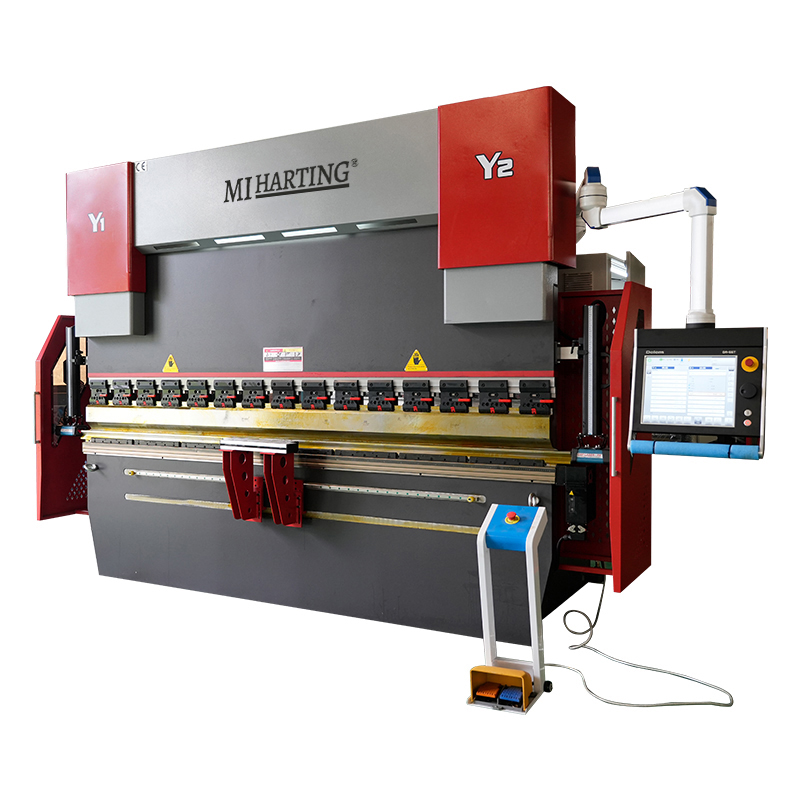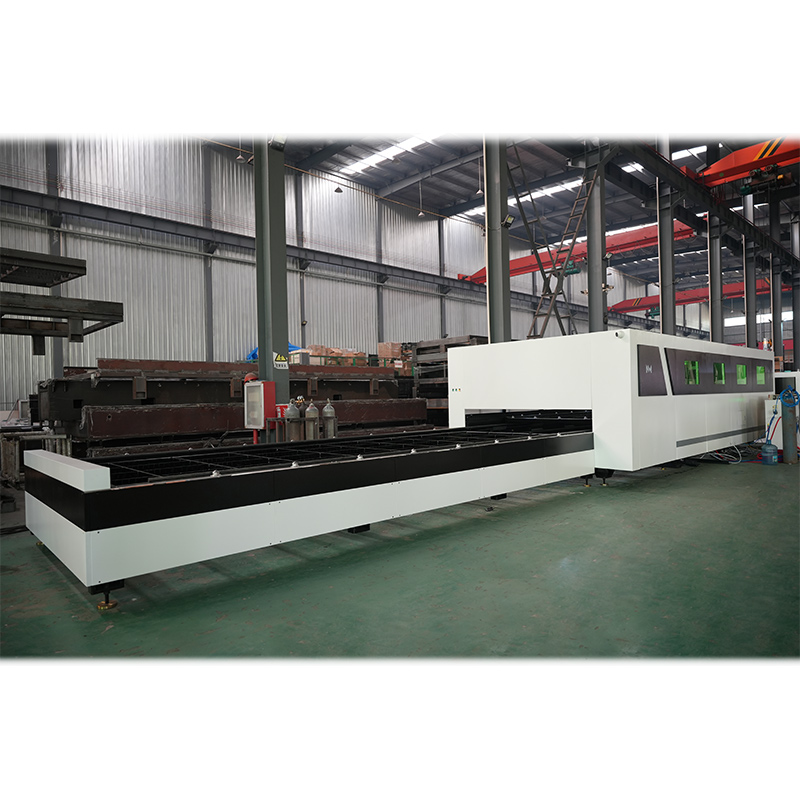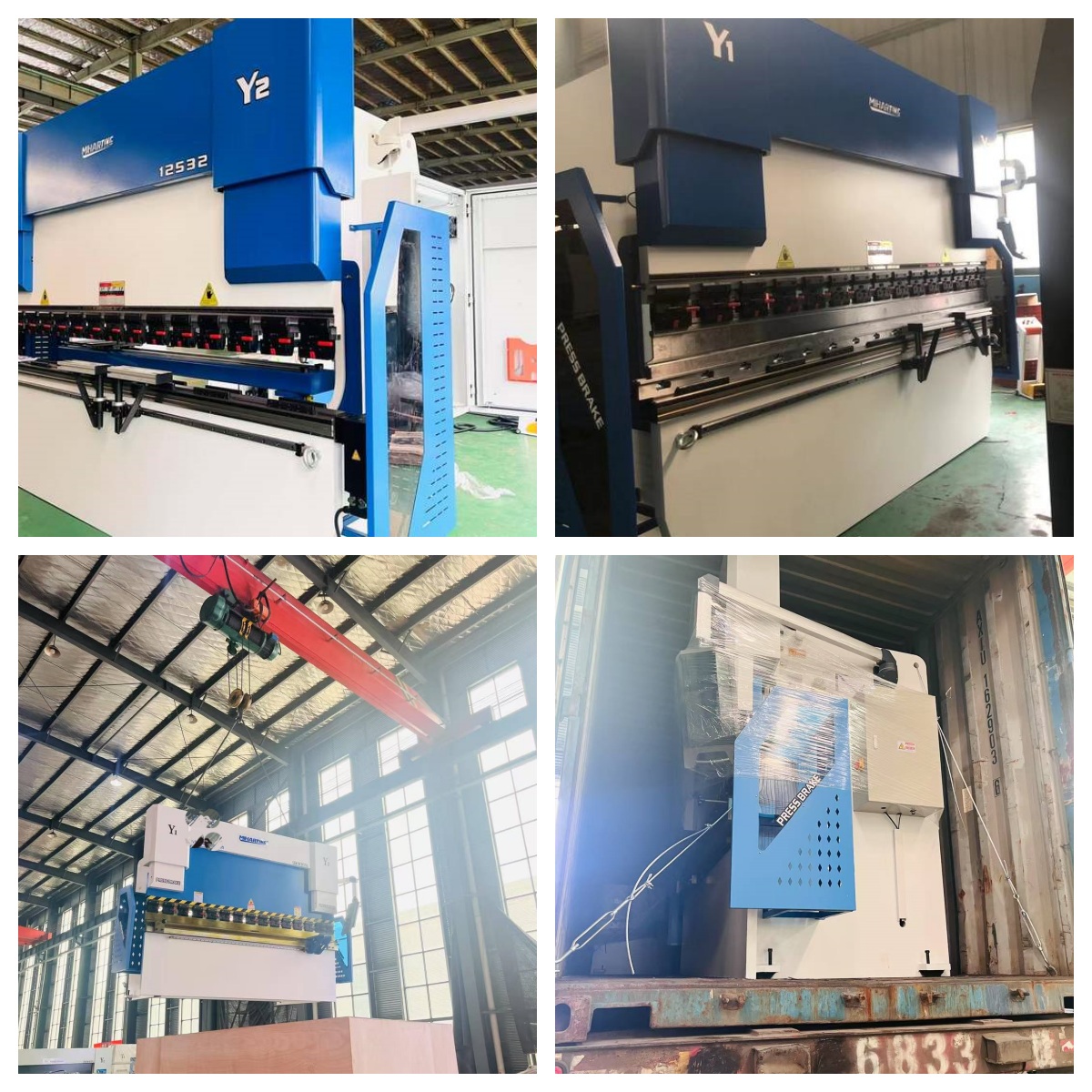What Are CNC Press Brake and NC Press Brake?
NC Press Brake (Numerical Control Bending Machine):
NC stands for numerical control, and it is a semi-automated machine with basic numerical control capabilities. An NC bending machine can perform simple bending operations based on preset parameters and programs, but it offers lower functionality and precision compared to a CNC Press Brake. Operators typically need to manually adjust some machine parameters. These machines are suitable for less complex bending tasks and provide a balance between automation and manual control. NC bending machines are often used in batch production and small-scale metal processing operations.
CNC Press Brake (Computer Numerical Control Bending Machine):
CNC stands for computer numerical control, and it is a fully automated machine with advanced control systems and features. CNC bending machines can precisely perform complex bending tasks under the control of computer programs, offering higher accuracy and repeatability. Operators can control the machine directly by inputting programs or using CAD/CAM software, reducing the possibility of human errors. They are ideal for handling more complex and fine metal processing tasks and are commonly used in industries that require precise and repetitive bending, such as aerospace, automotive, and general metal manufacturing.
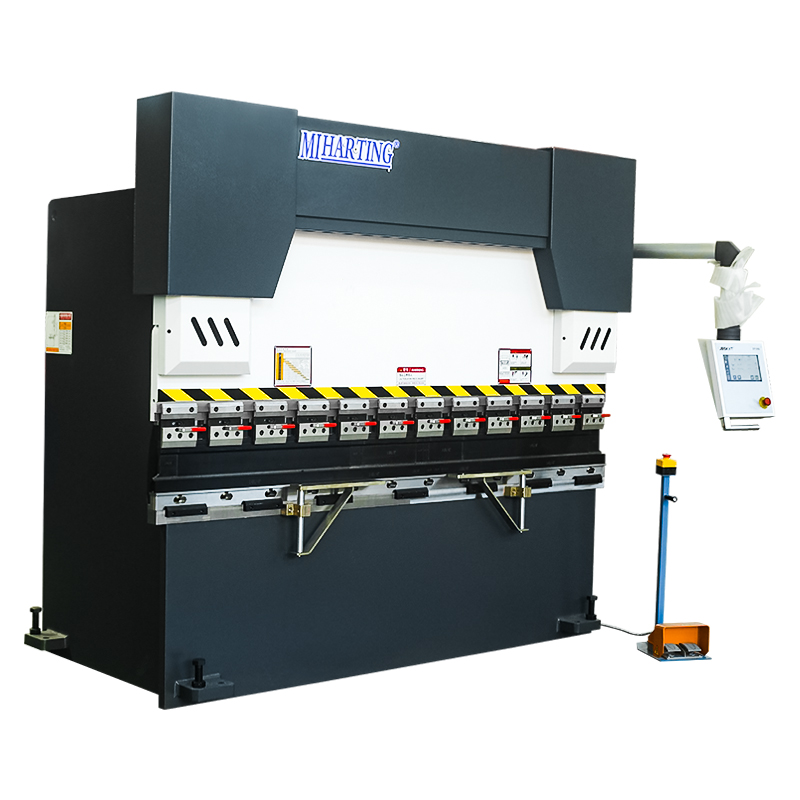
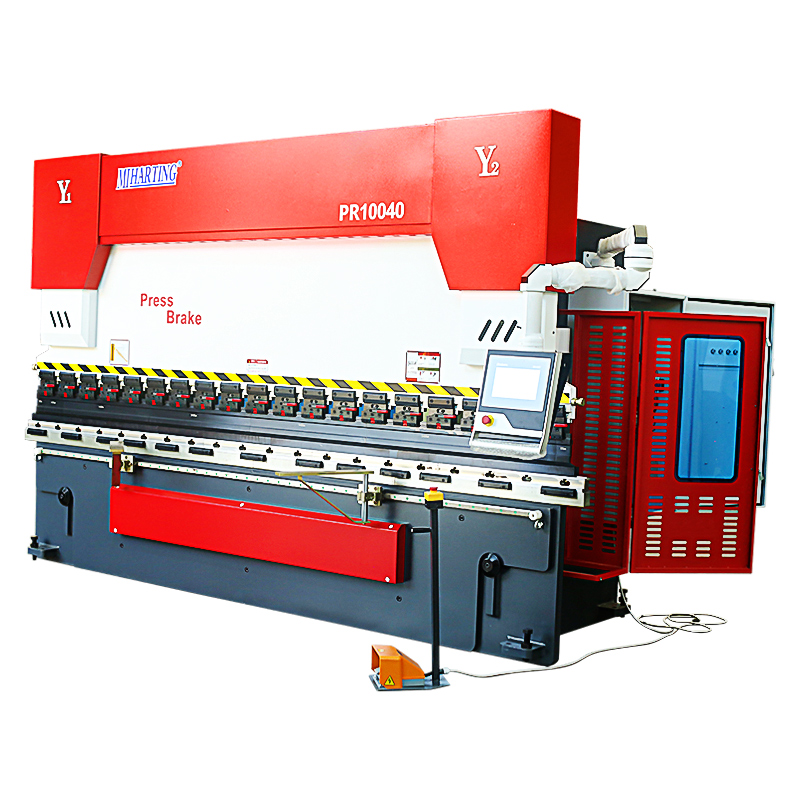
Key Features Comparison:
An NC bending machine mainly controls the bending process through its CNC system, while a CNC bending machine's controller is managed by a computer control system, allowing complex algorithms to be programmed and precise control of molds, backgauges and other components
NC Press Brake:
- 1. Uses mechanical balance shaft for cylinder stroke control.
- 2. Synchronous ram movement via torsion shaft.
- 3. Lacks self-check and adjustment for ram parallelism.
- 4. Fast descent and working speed, but limited to 100mm/s with uneven speed conversion.
- 5. Lower precision, no error feedback, and poor deflection load resistance.
- 1. Hydraulic pressure for cylinder stroke control.
- 2. Servo proportional valves for precise stroke control.
- 3. Advanced CNC system for higher speed, precision, and automation.
- 4. Complex programming for accuracy and automation.
- 5. Fast descent and working speed (up to 200mm/s) with smooth speed conversion.
- 6. High precision, real-time error feedback, and strong deflection load resistance.
- 7. Automatic bending angle calculation, feedback of bending depth, worktable crowning, angular correction, and back gauge positioning.
- 8. Various programming methods, unfolding length calculation, and interference detection.
- 9. Ram speed: 160-180mm/s, bending angle accuracy: ≤18'.
- 10.Multiple CNC axes for back gauge positioning (optional).
CNC Press Brakes offer advanced automation, precision, and flexibility, while NC Press Brakes are simpler and more cost-effective, suitable for less complex bending tasks.
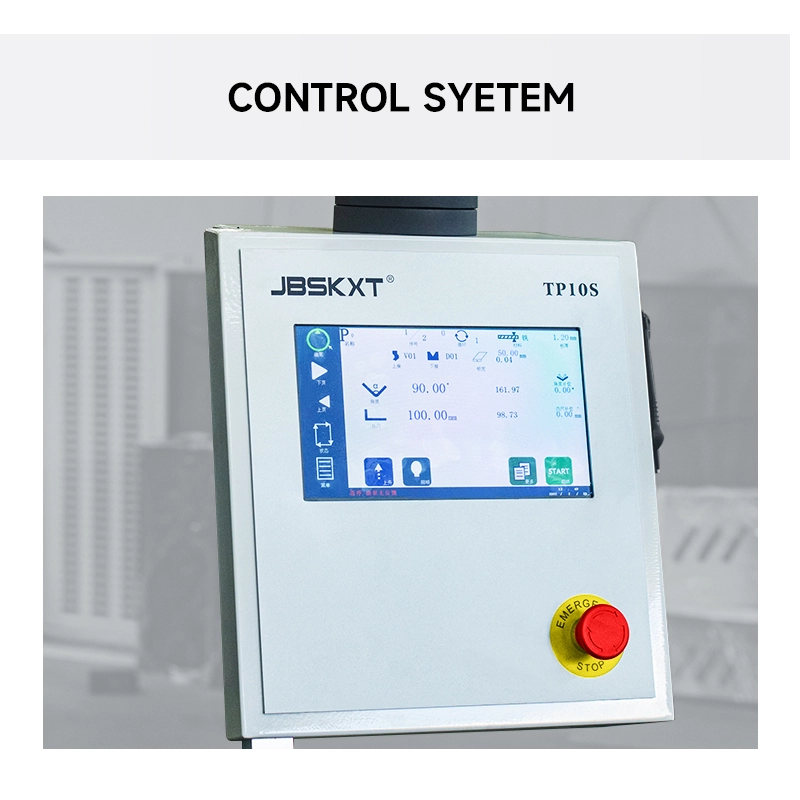
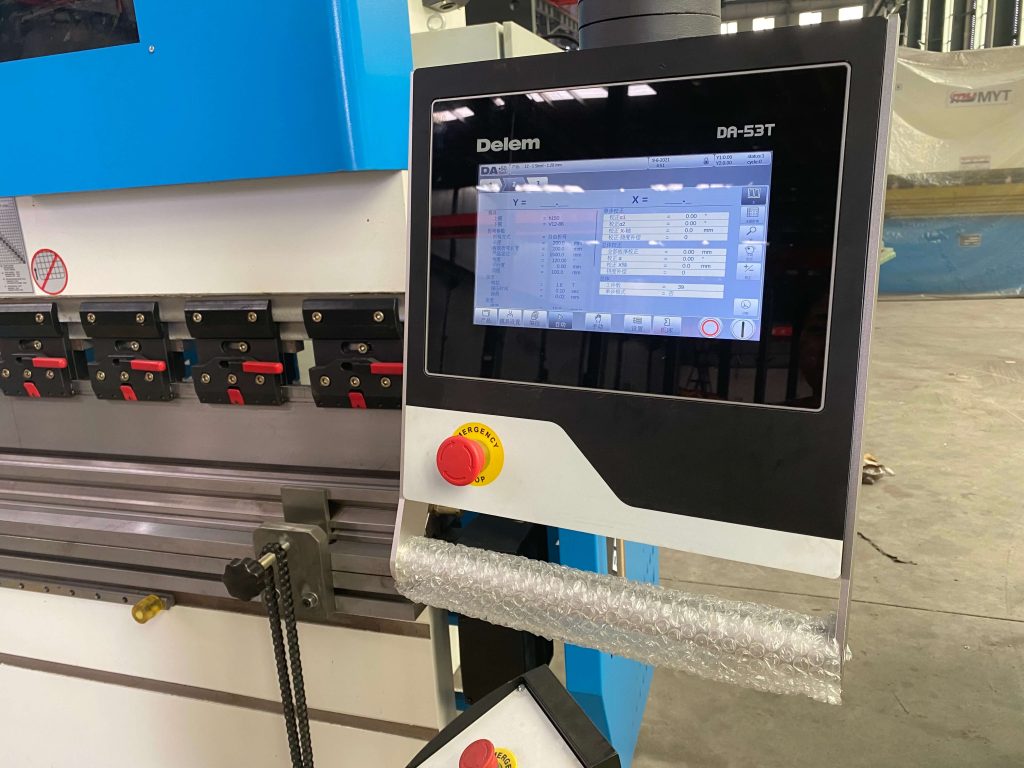
Difference Between CNC Press Brake and NC Press Brake
1. Control System:
CNC Press Brake: It utilizes a computerized control system. The entire bending process is automated and controlled by a computer. This allows for greater precision and flexibility in programming various bending sequences.
NC Press Brake: It uses a numerical control system, but it is not as advanced as the CNC system. Programming is typically done through a set of manual inputs, and the machine follows the programmed sequence without real-time feedback or adjustments.
2. Programming:
CNC Press Brake: Programming is done through a computer interface. Operators can create complex bending programs, and the CNC system allows for easy modification and optimization.
NC Press Brake: Programming involves manual input of values such as angles and lengths. Changes to the program may require more manual adjustments.
3. Flexibility:
CNC Press Brake: Highly flexible and can handle a variety of complex bending tasks. Suitable for small-batch production and frequent job changes.
NC Press Brake: Less flexible than CNC. Better suited for repetitive bending tasks with minimal variation.
5. Precision:
CNC Press Brake: Offers higher precision due to the computerized control system. It can make real-time adjustments to ensure accurate bending angles and dimensions.
NC Press Brake: Precision is limited to the accuracy of the numerical control system. It may not provide the same level of precision as CNC.
6. Complexity:
CNC Press Brake: More complex in terms of both operation and maintenance. Requires skilled operators familiar with programming and troubleshooting.
NC Press Brake: Simpler in terms of operation and maintenance. Suitable for applications where advanced features are not necessary.
In summary, the selection between CNC and NC Press Brakes should be based on the complexity of the bending tasks, precision requirements, available skill set, and budget considerations. Both machines have their respective advantages, and the decision should align with the specific demands of the metalworking business.



